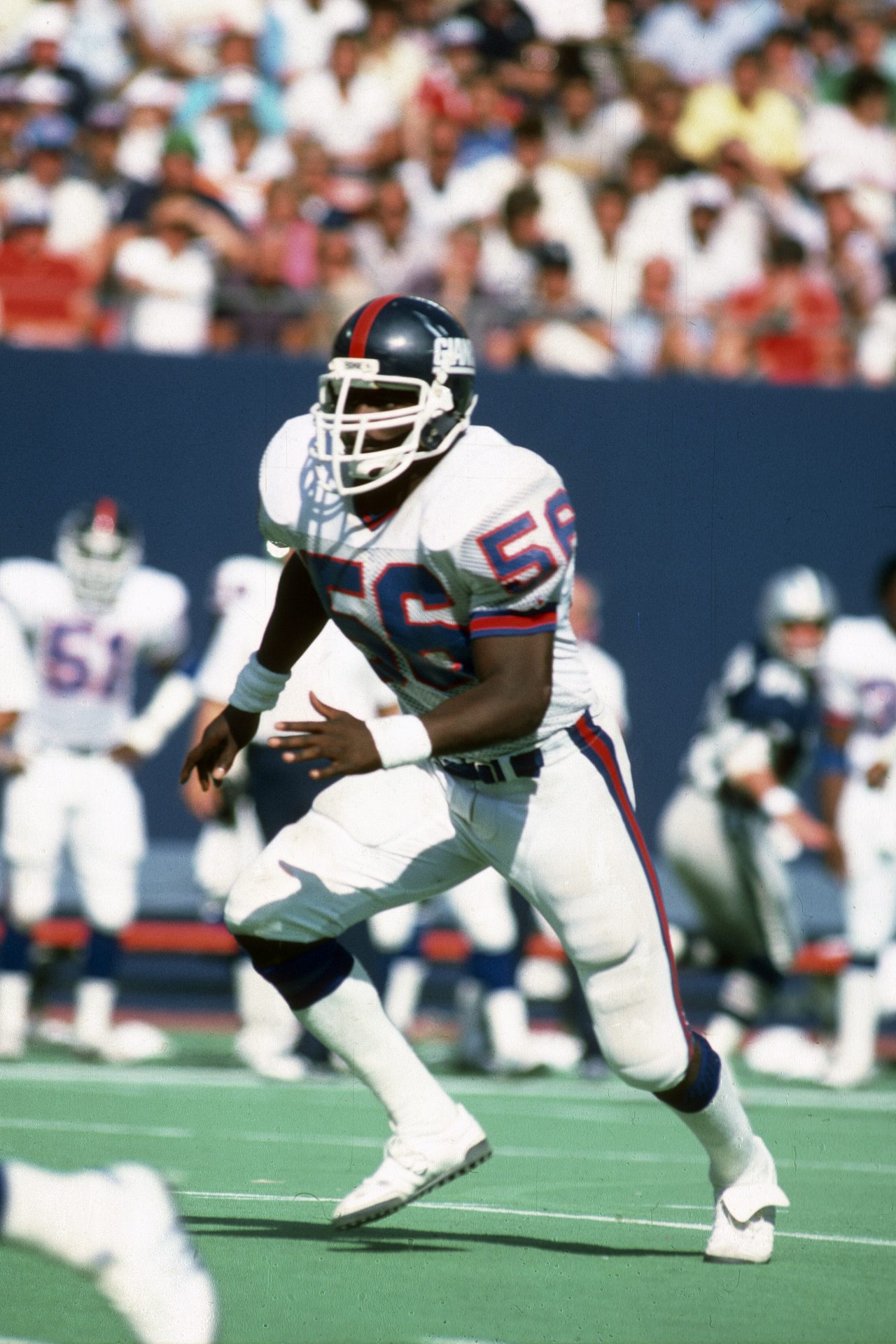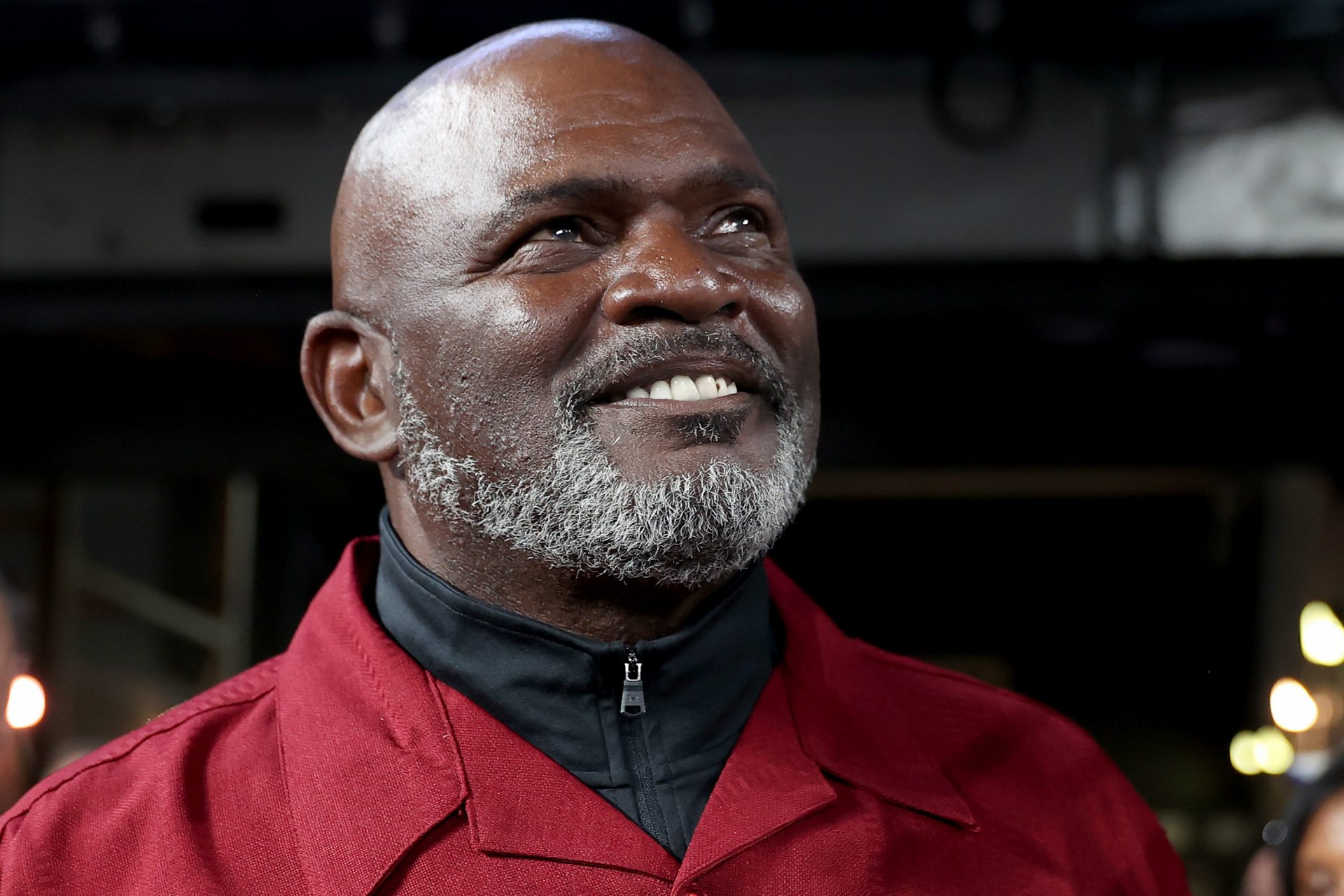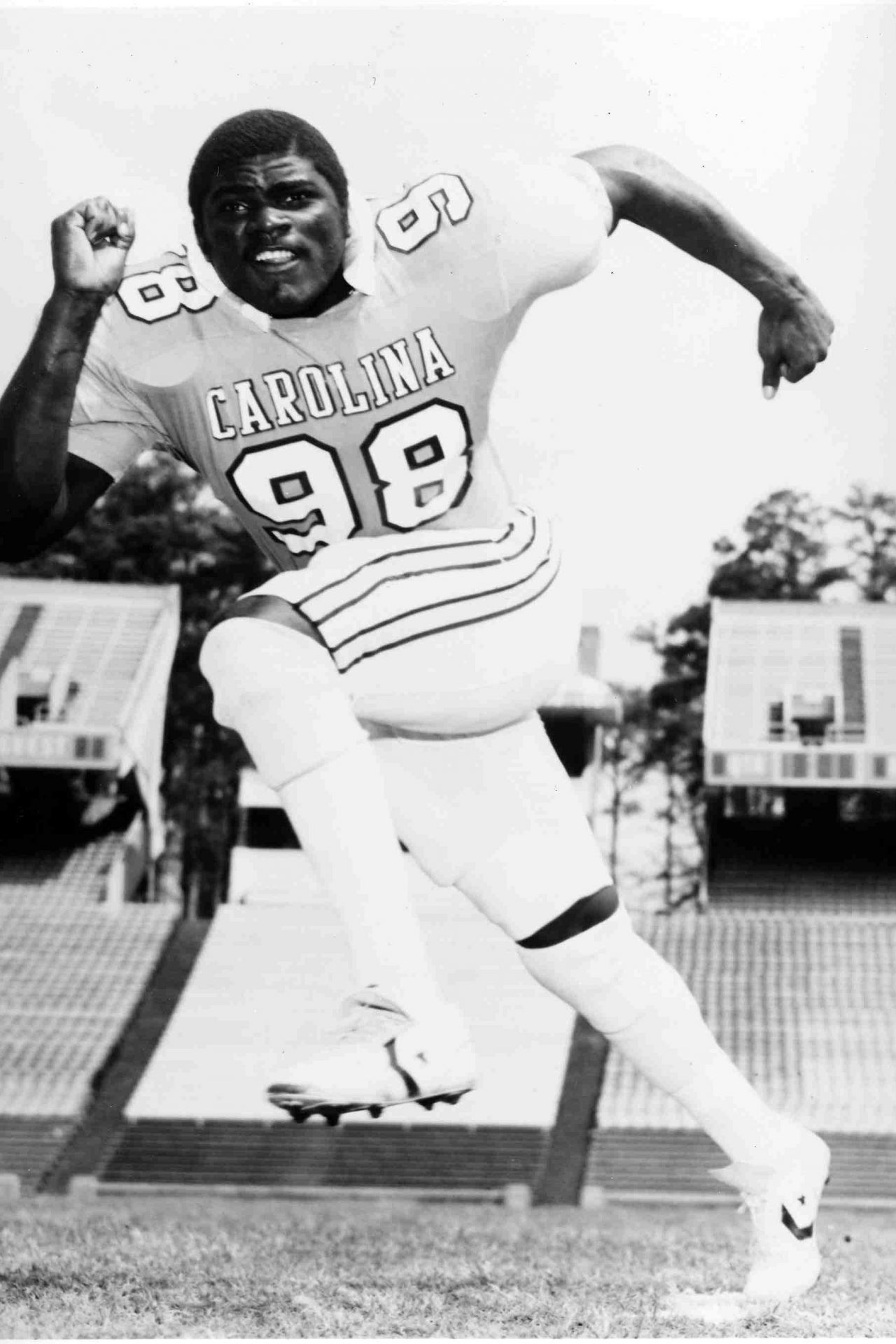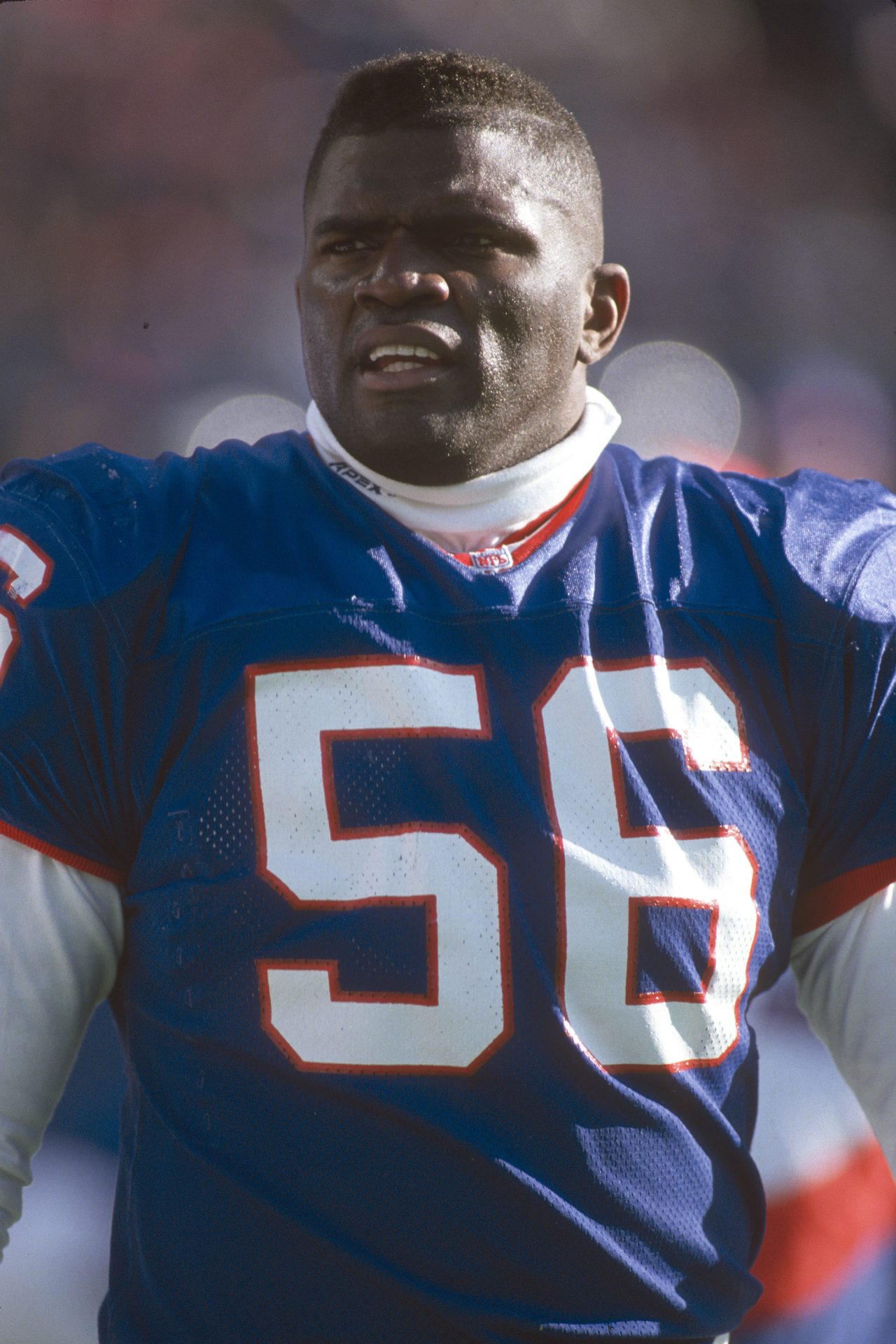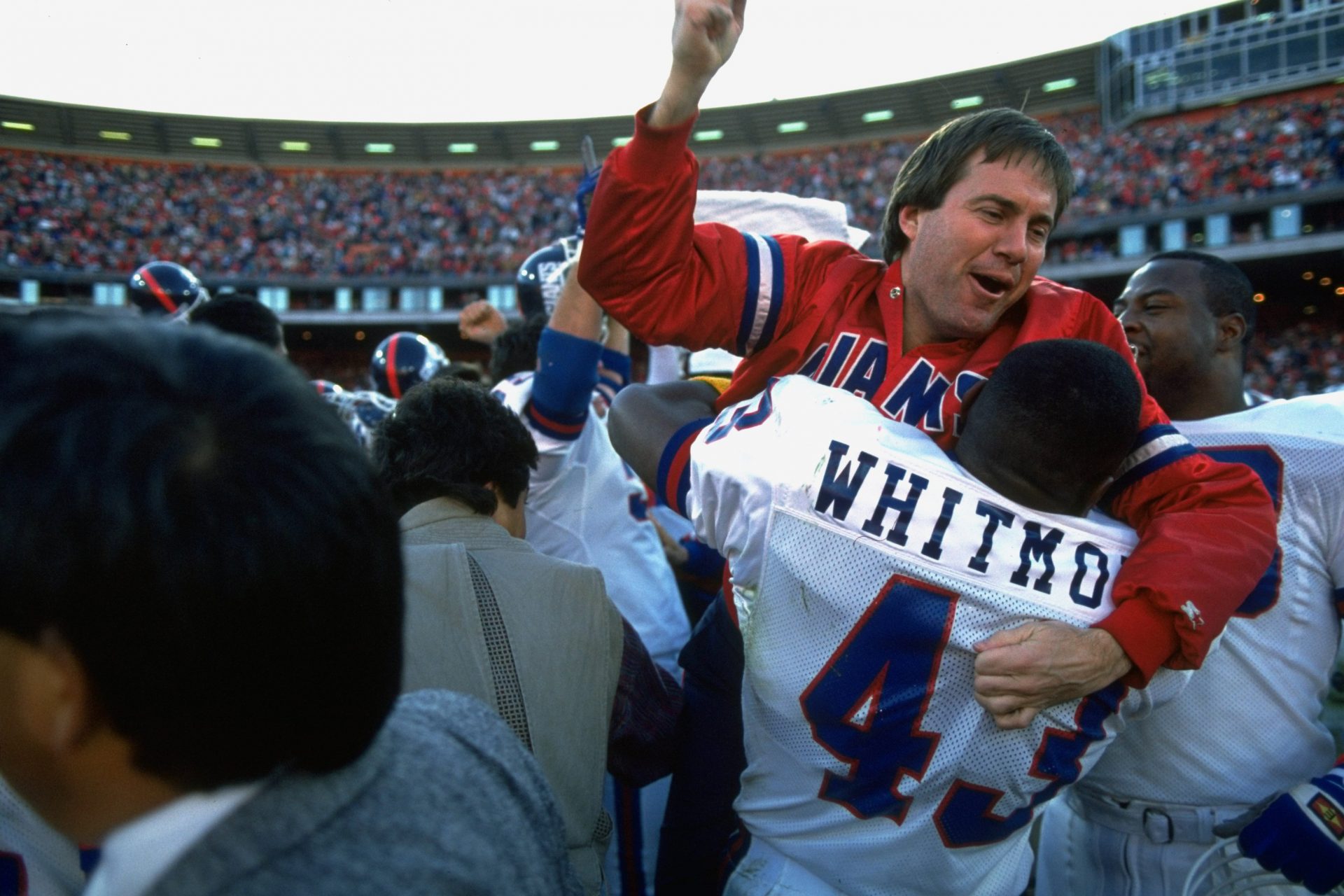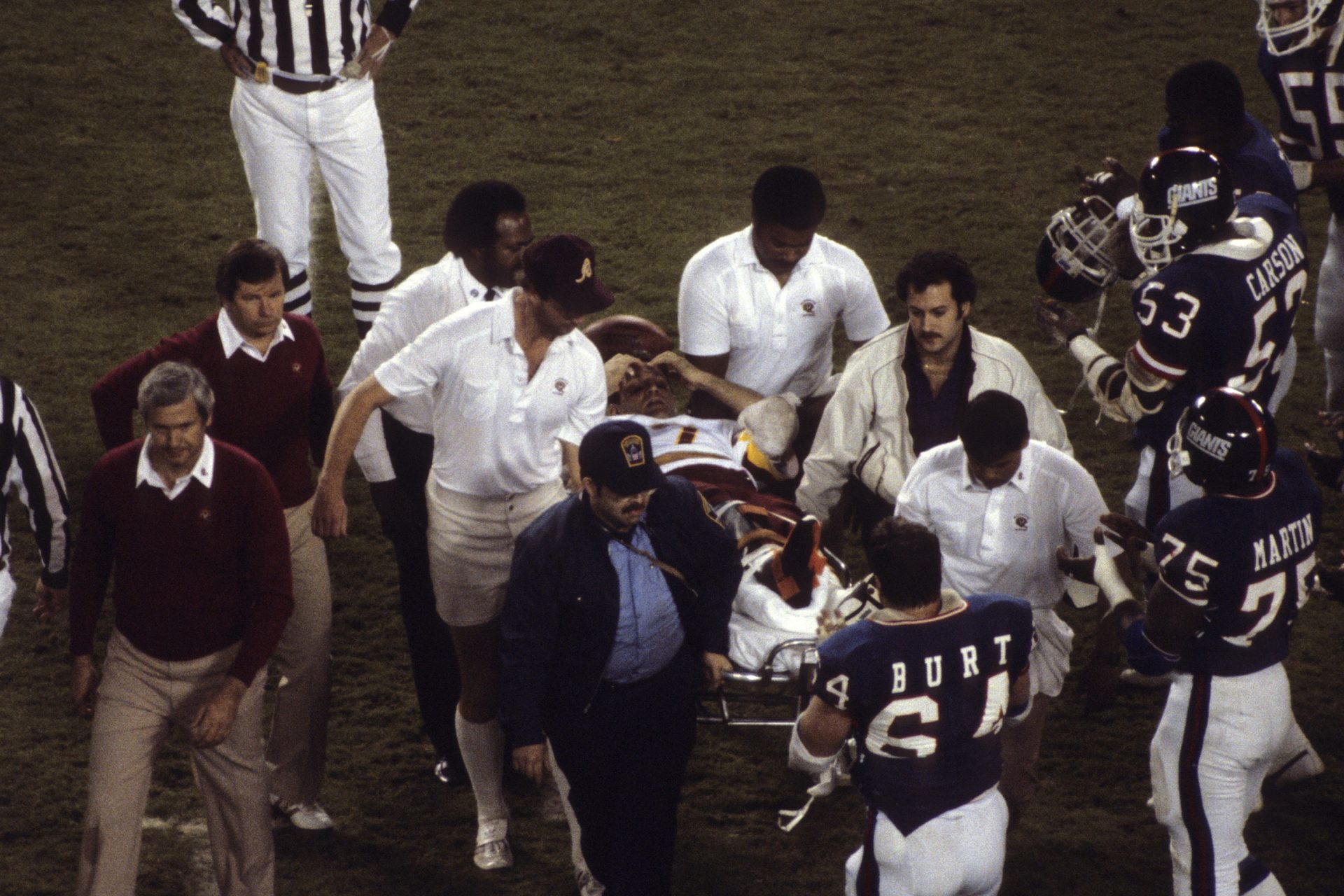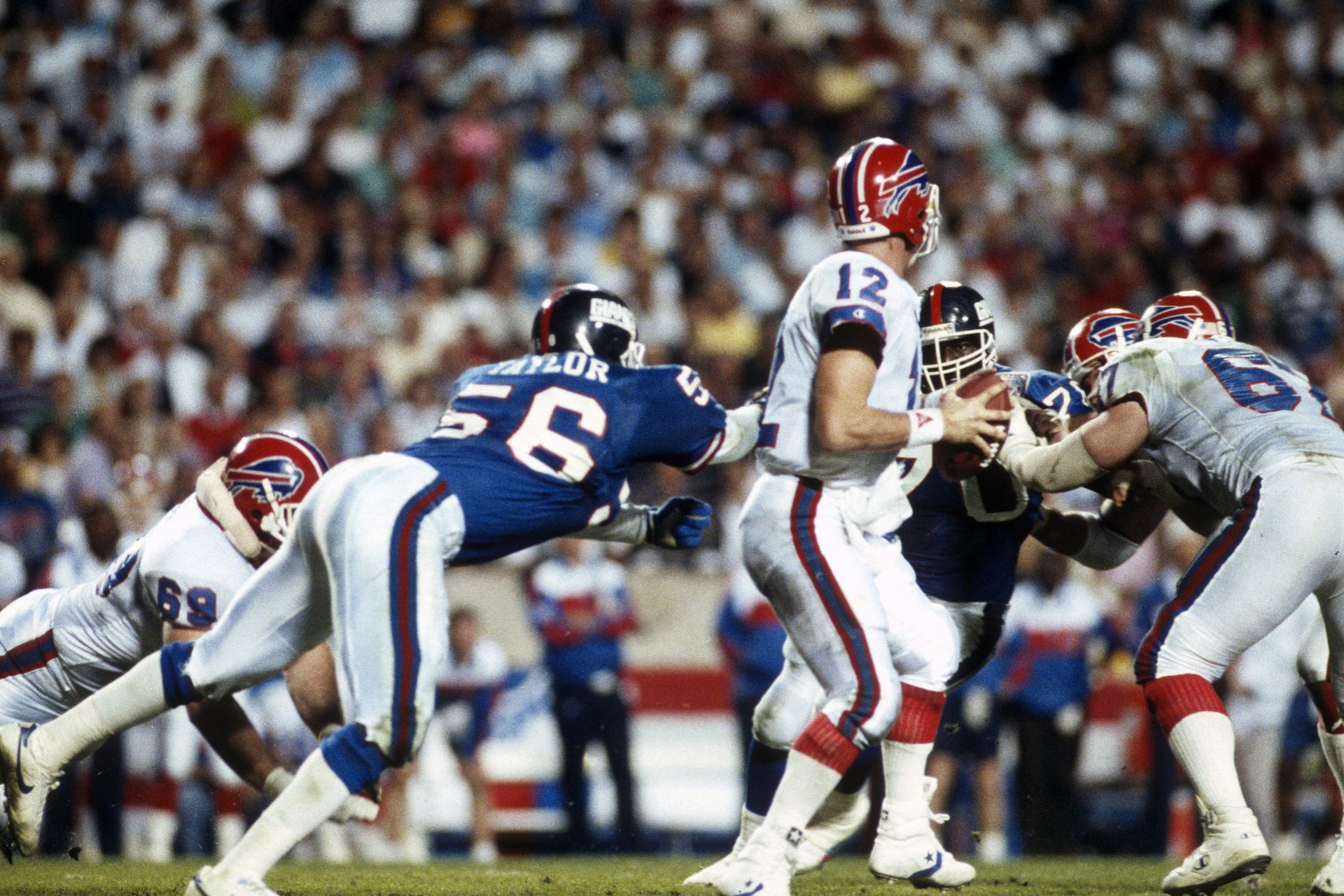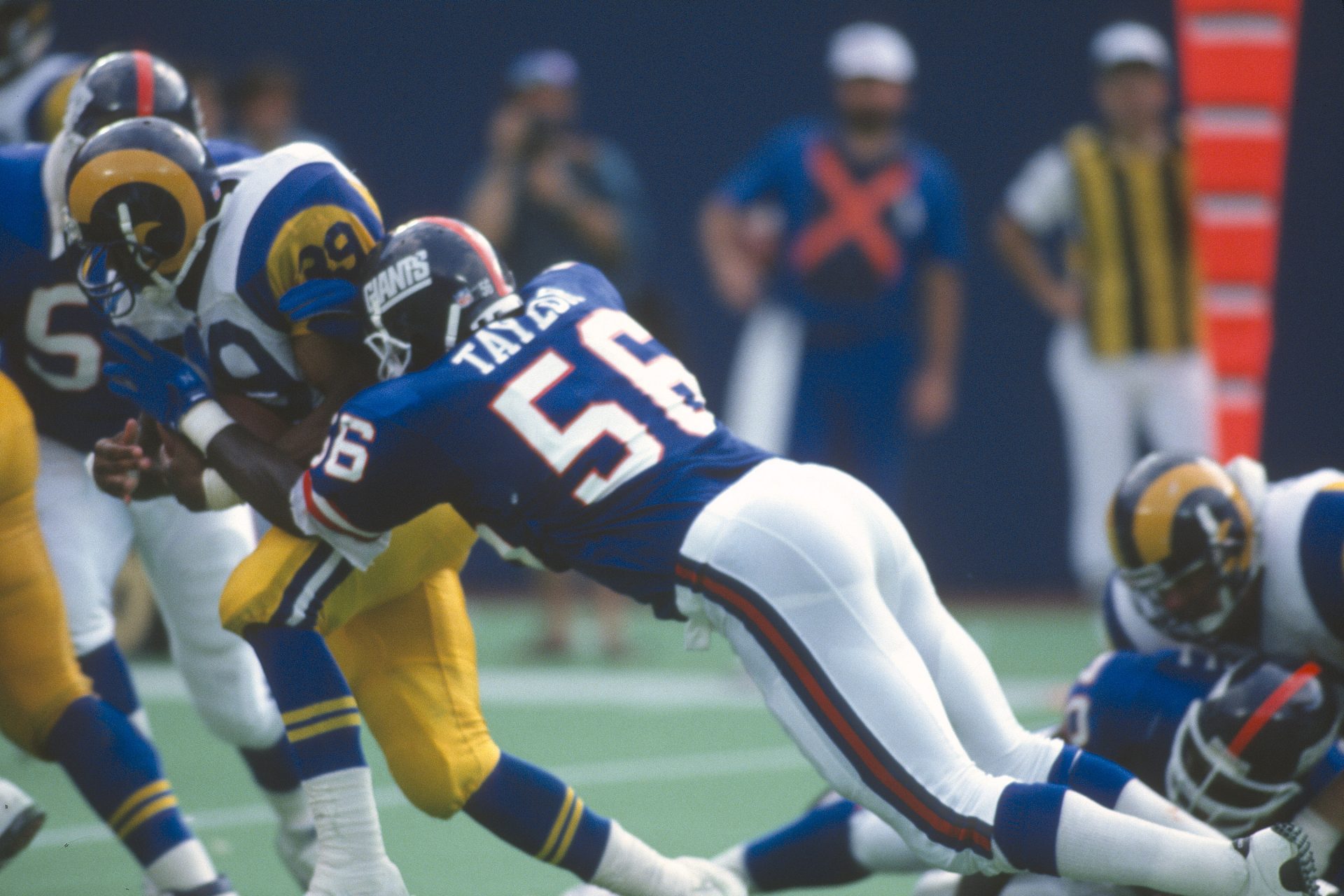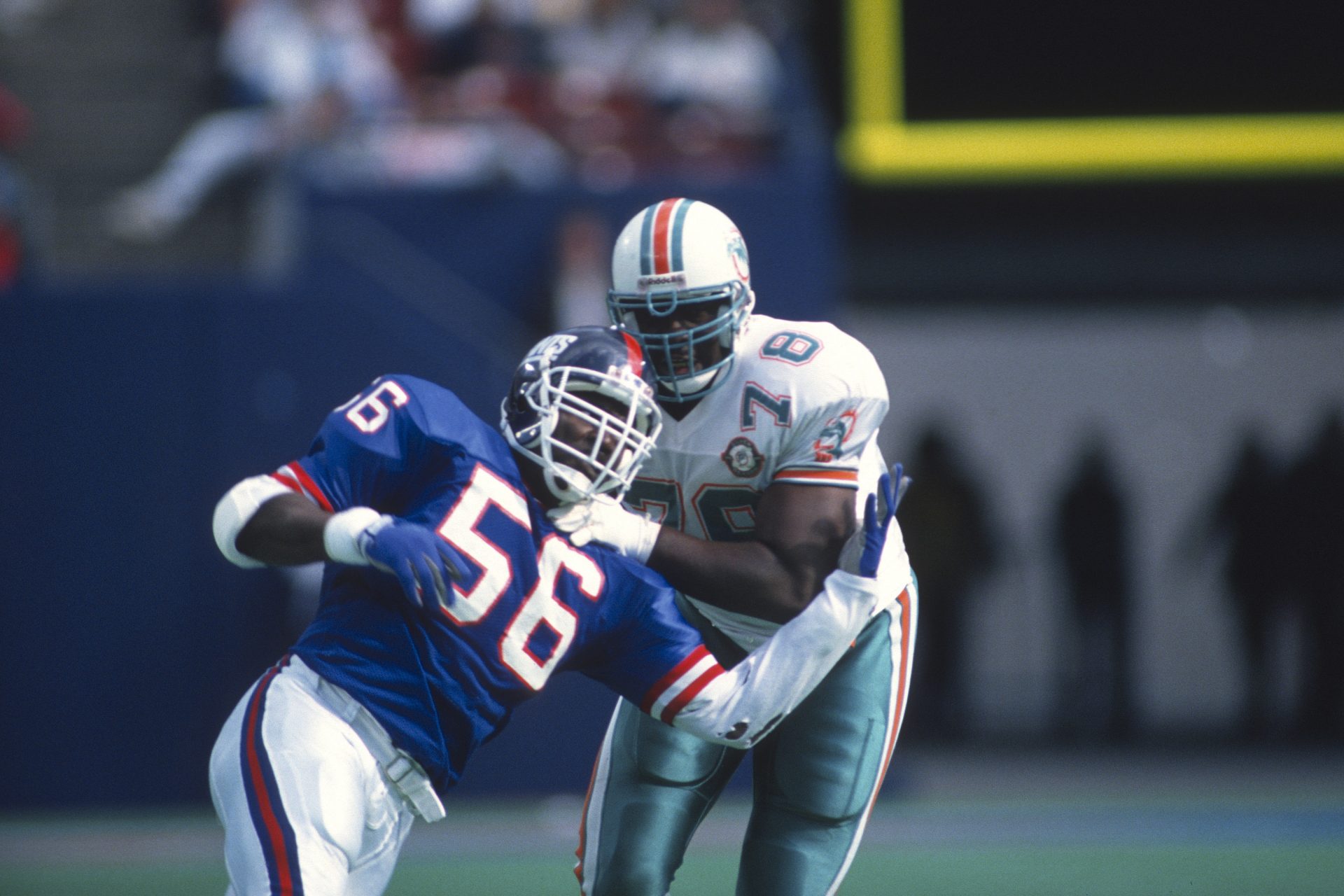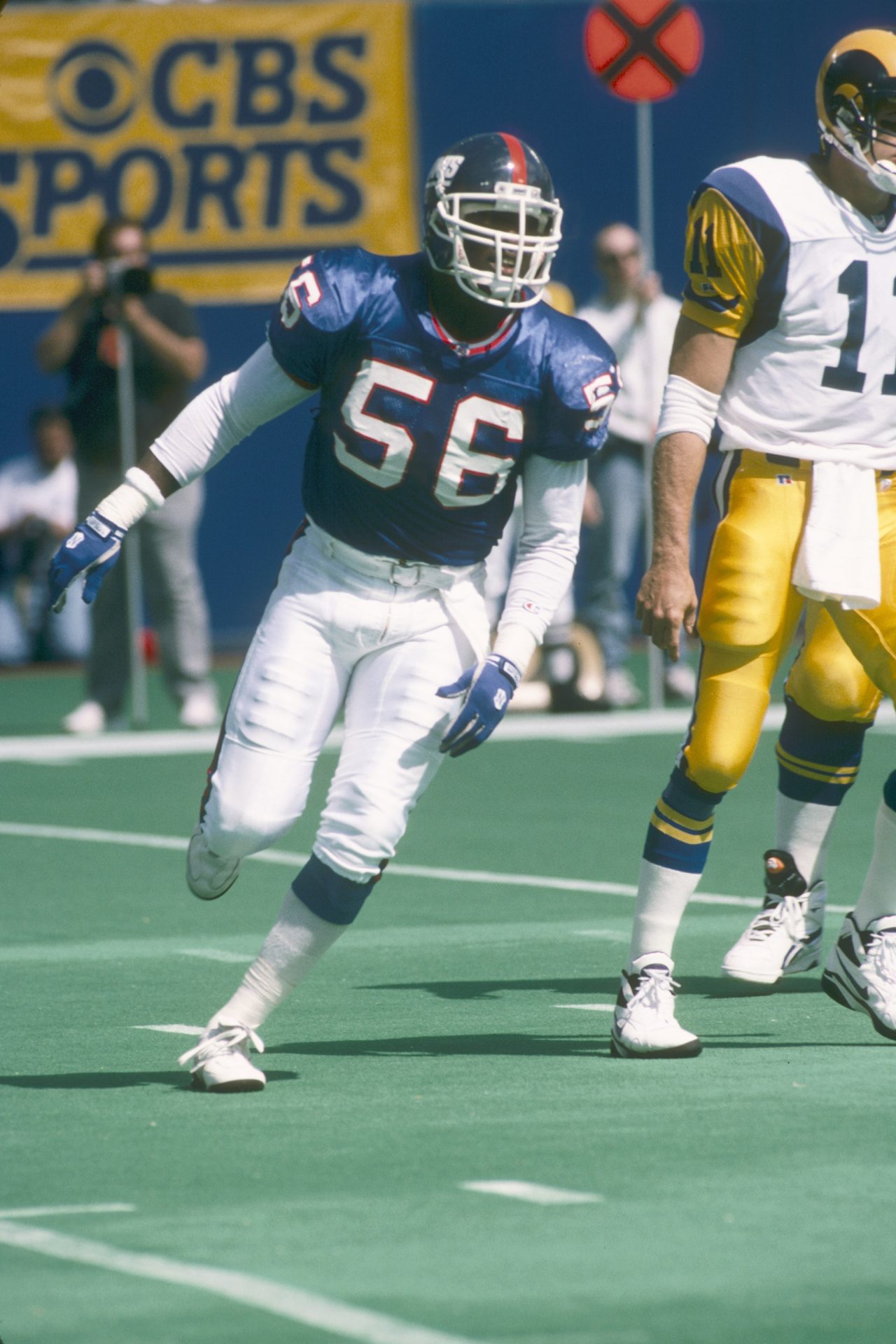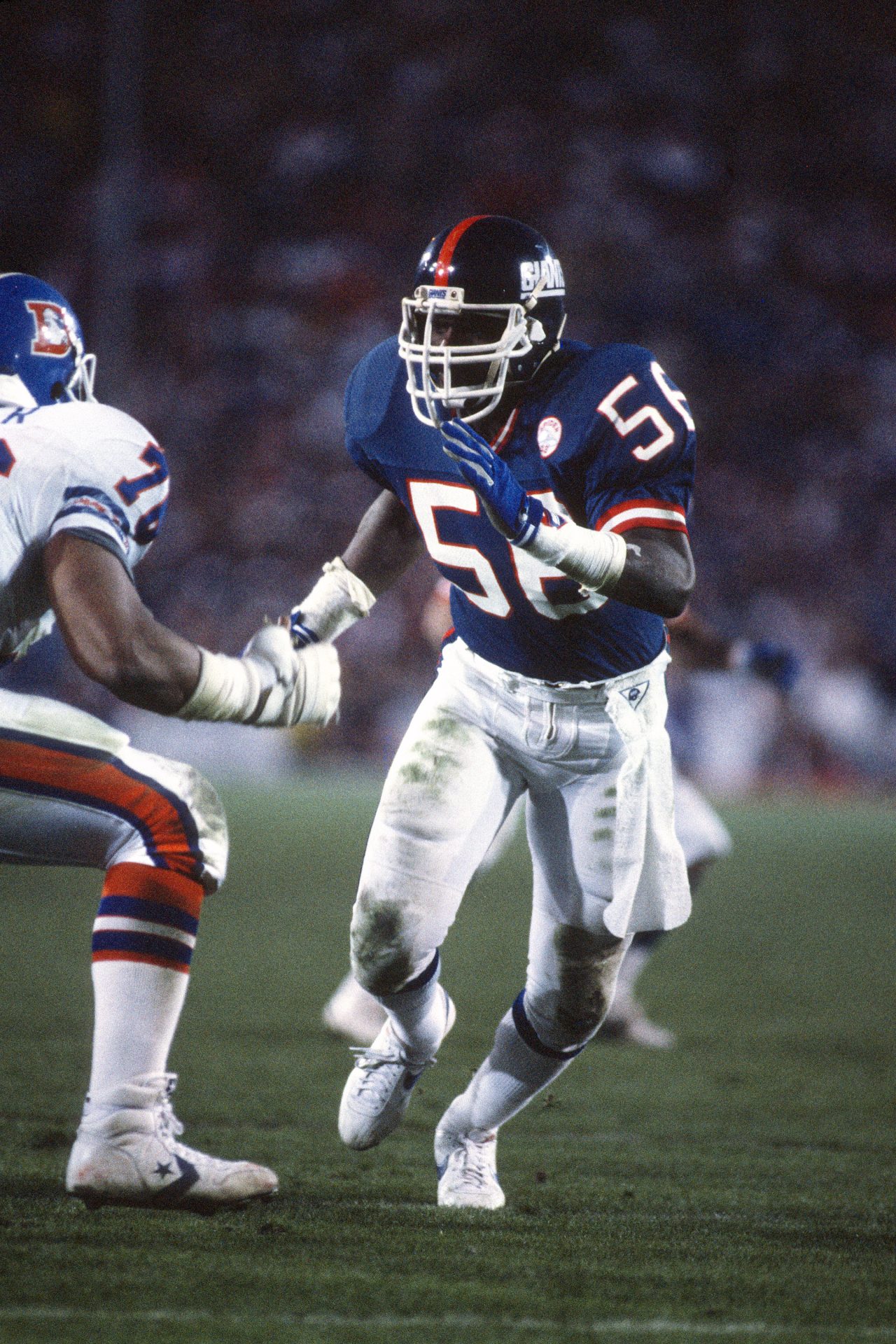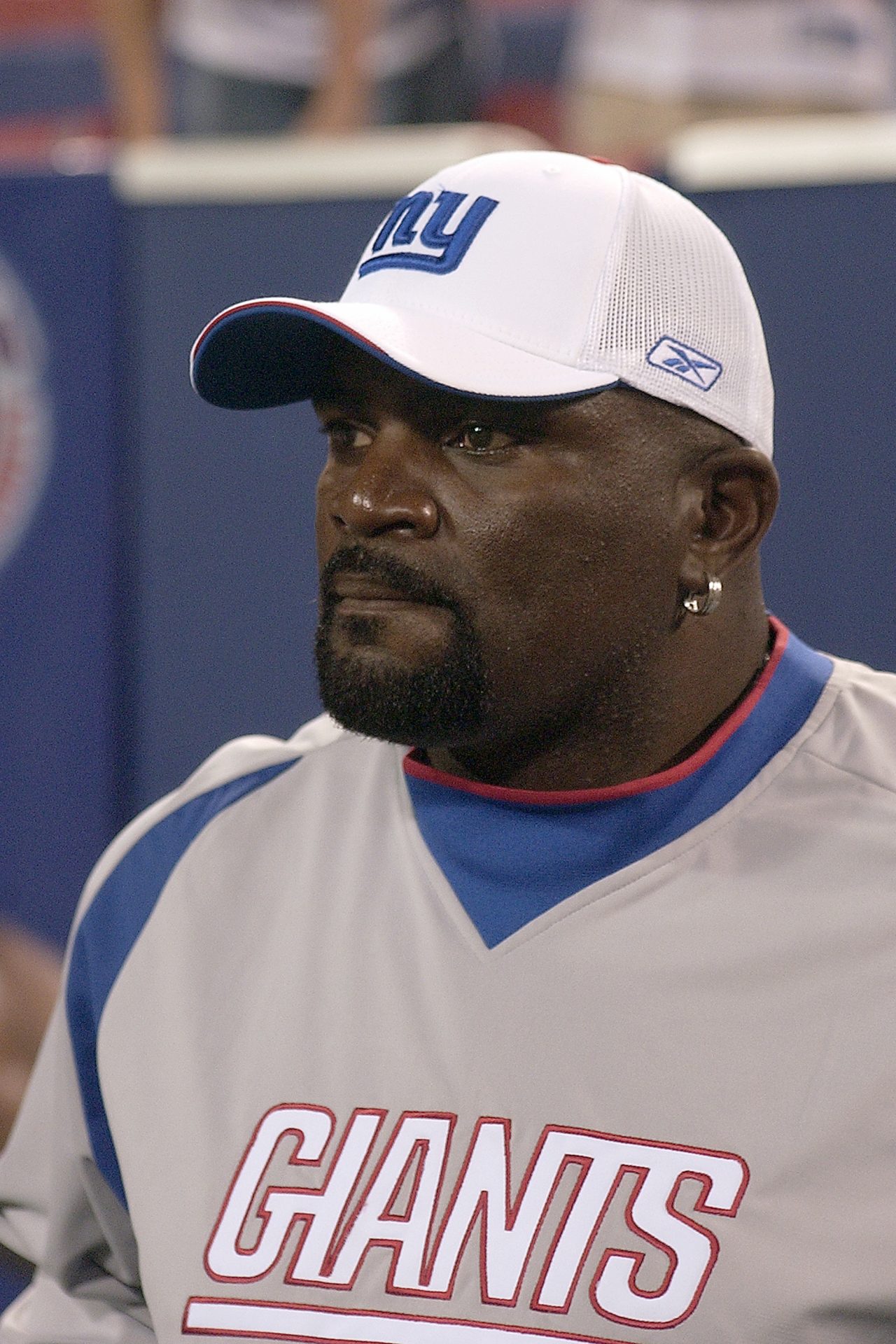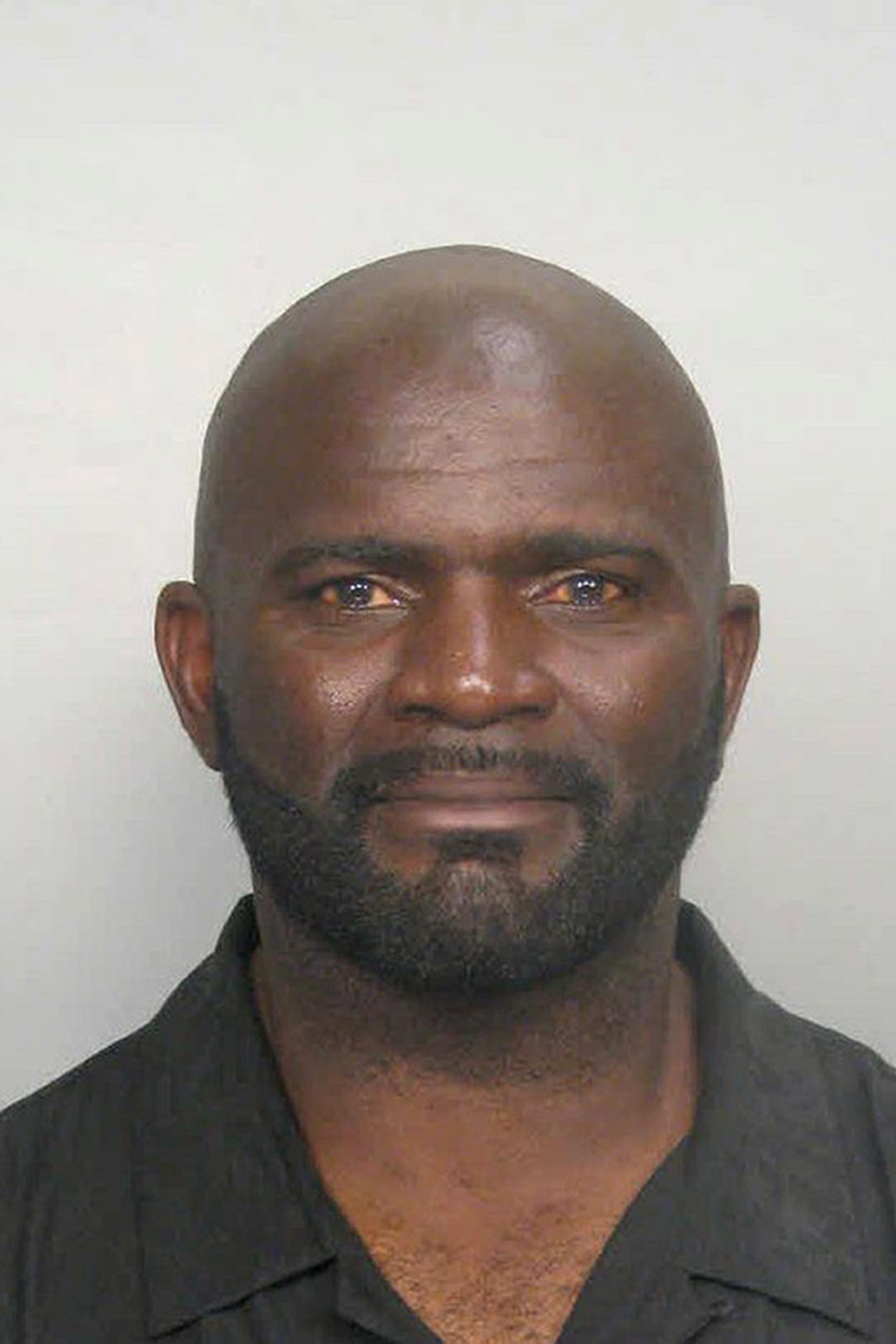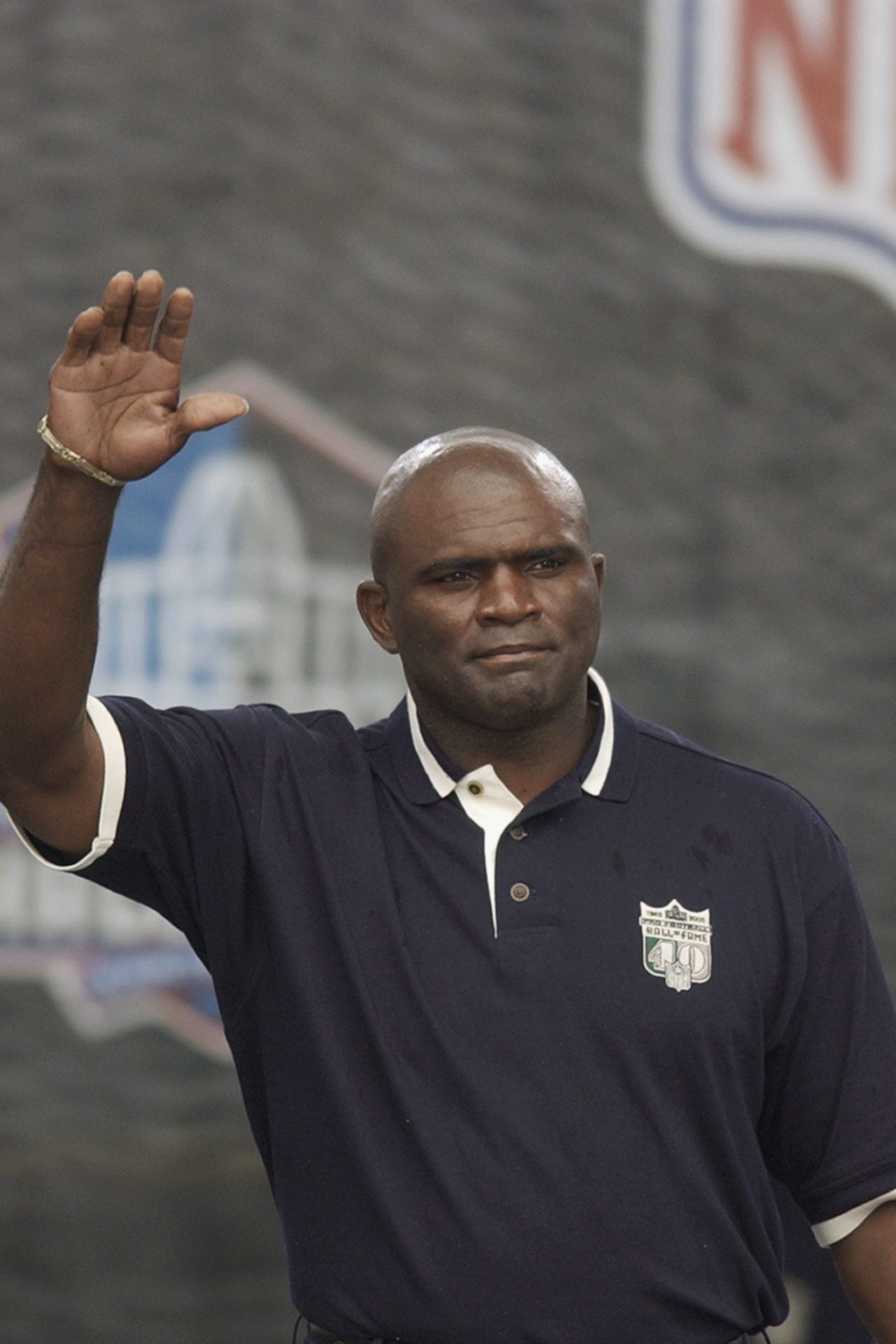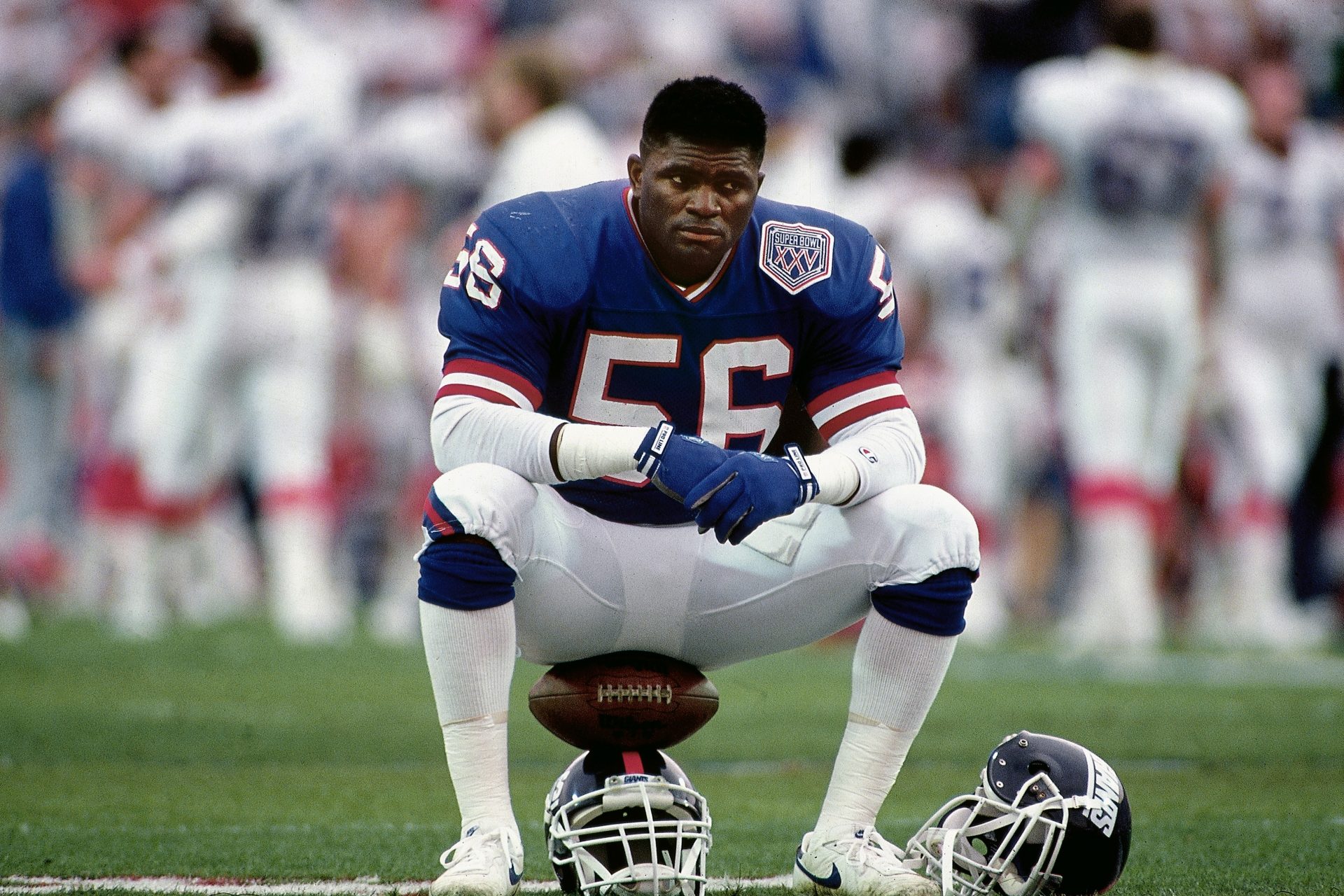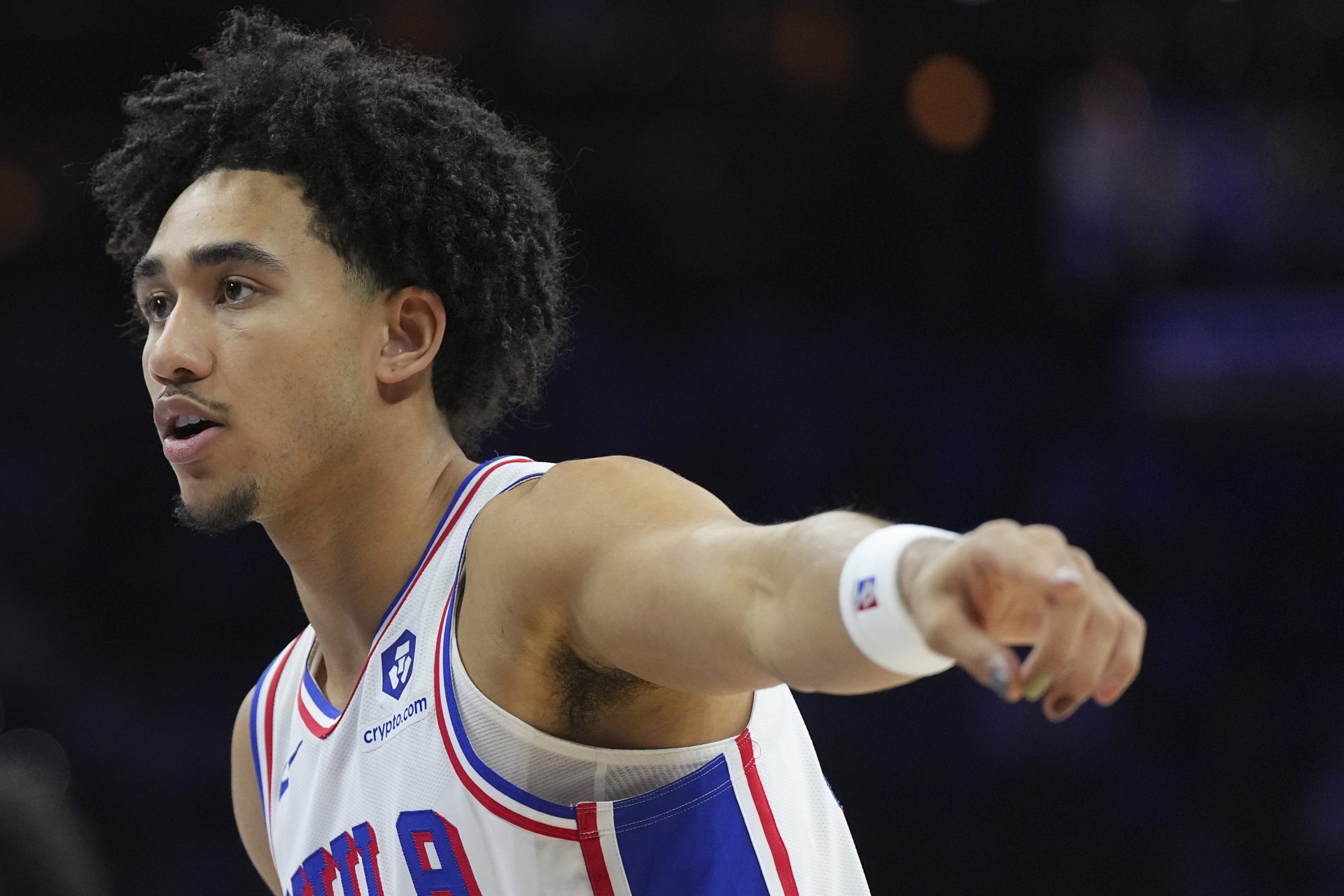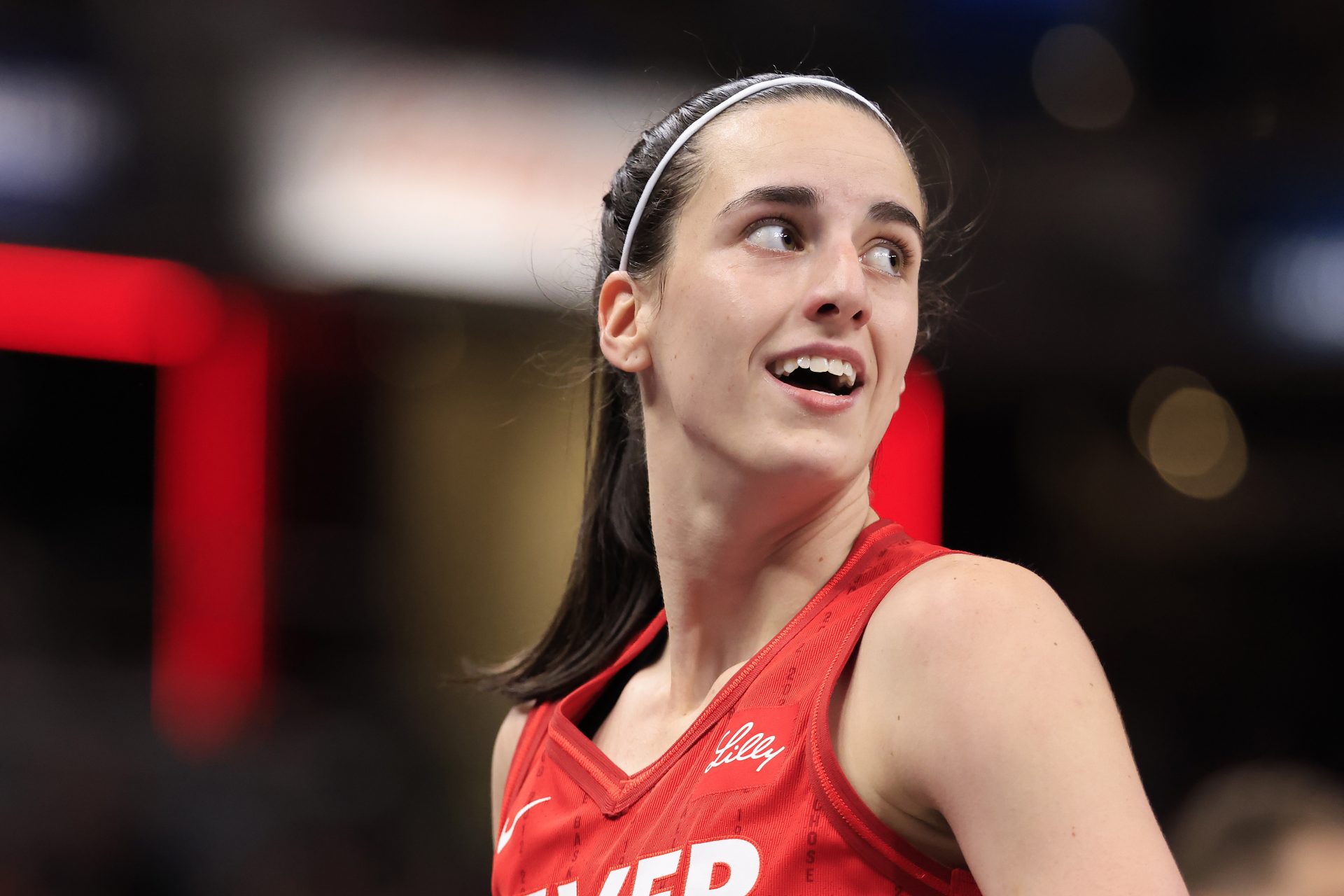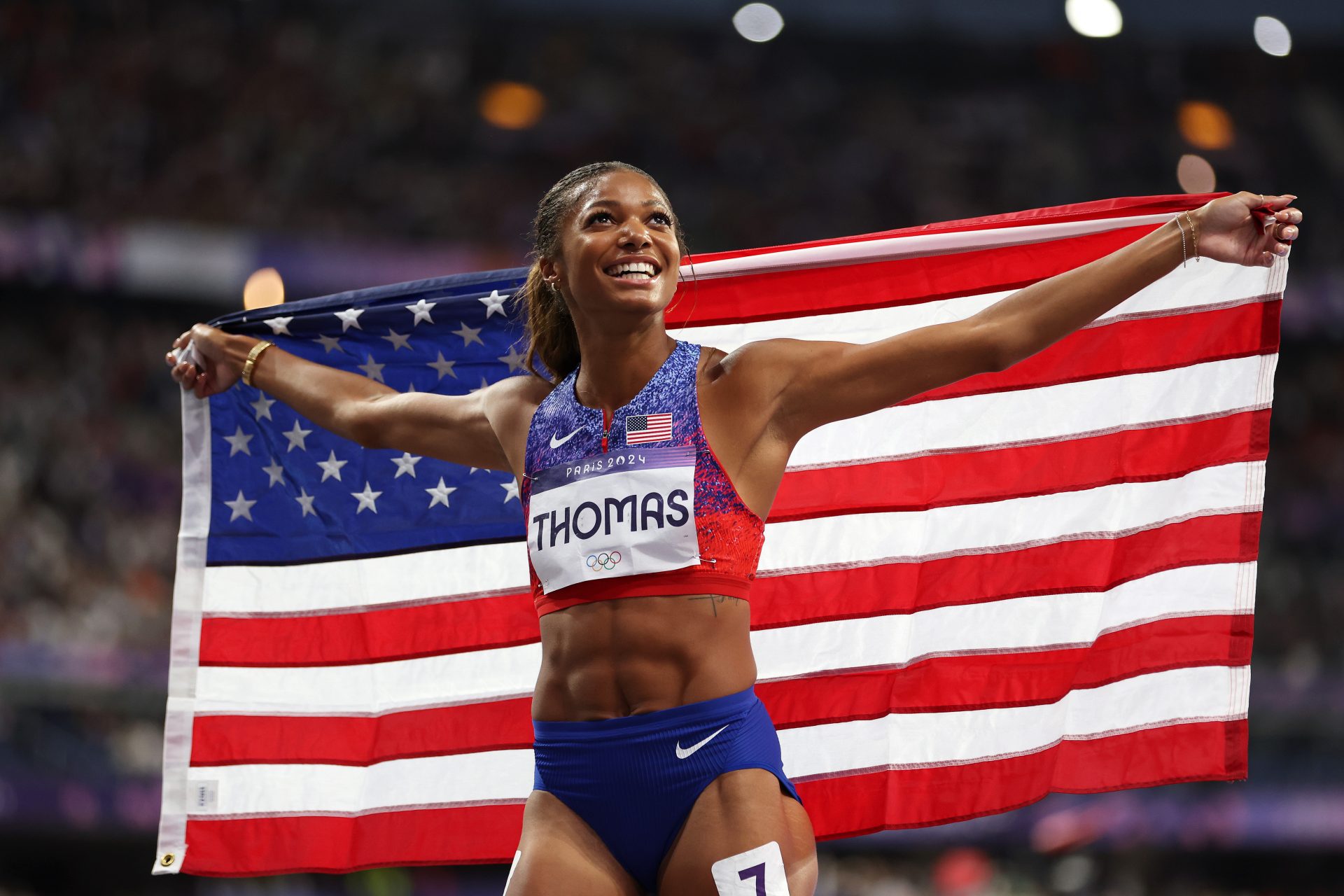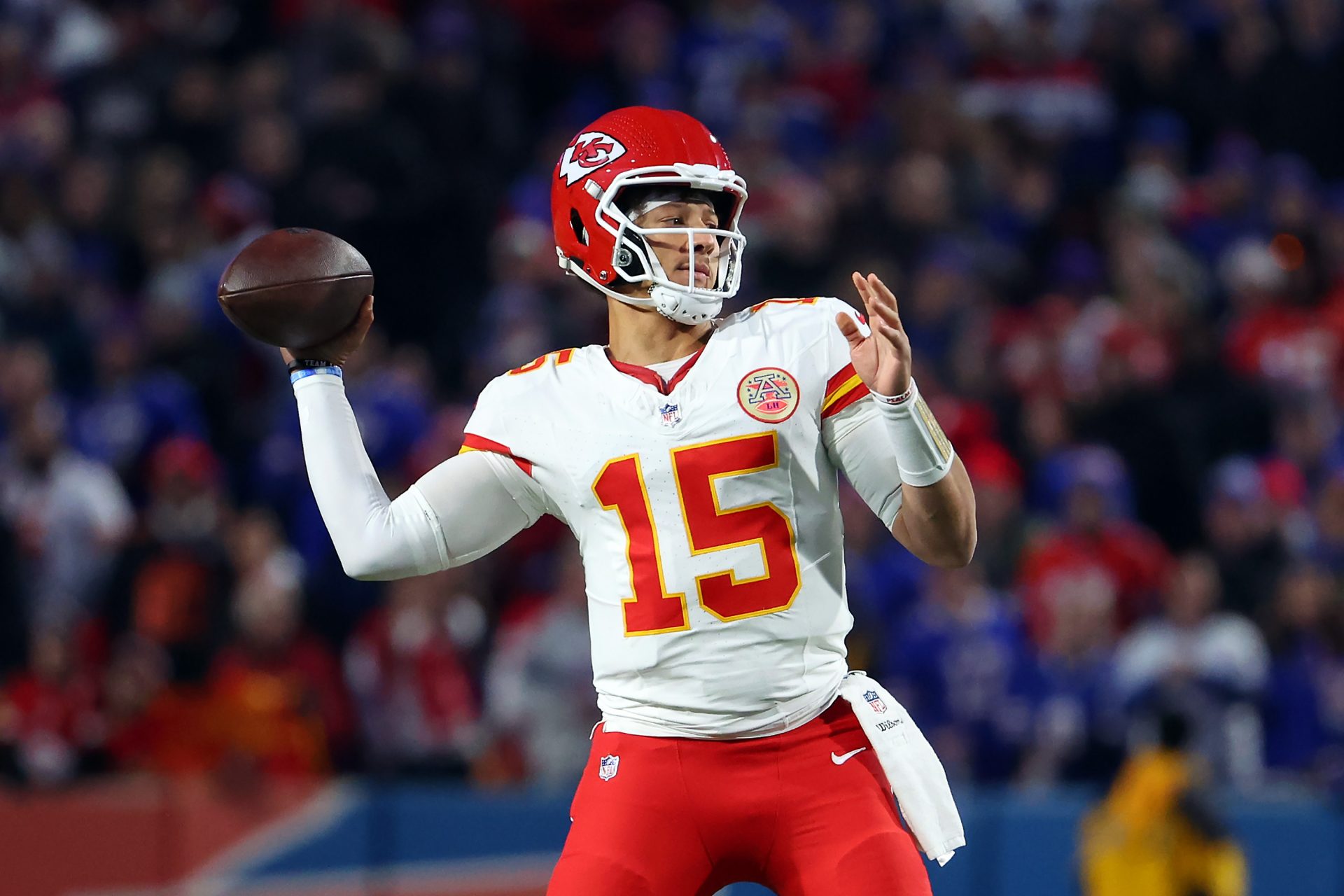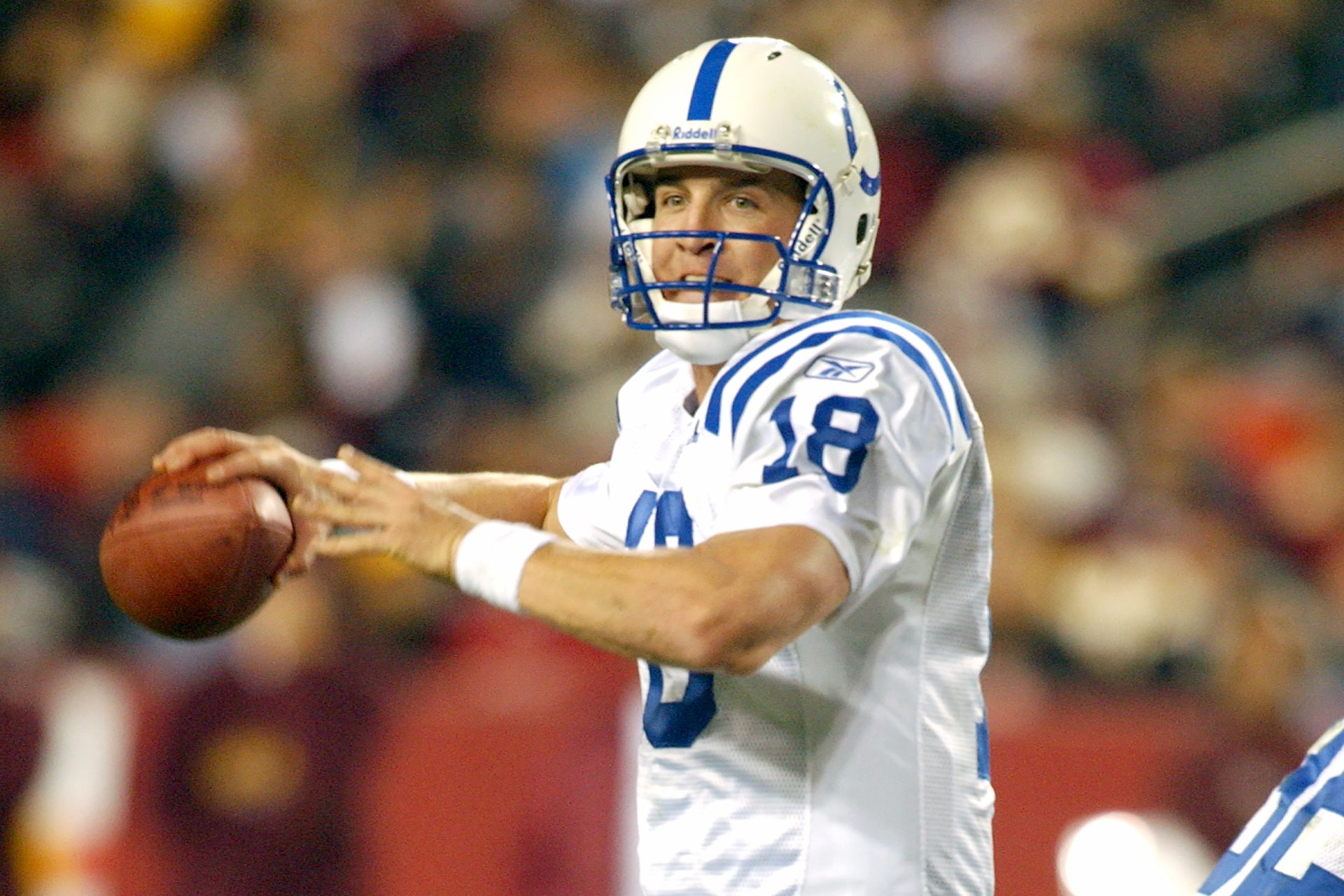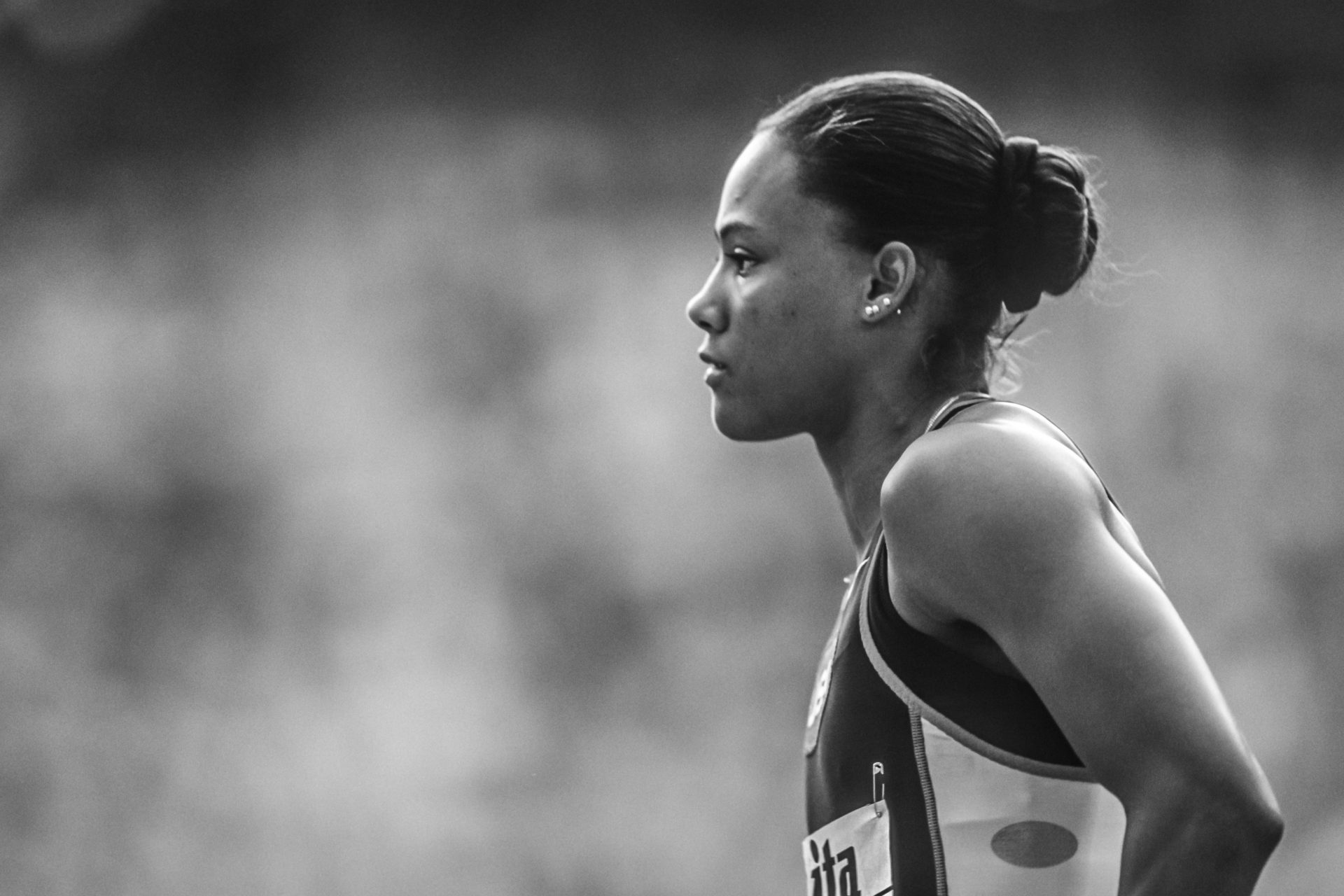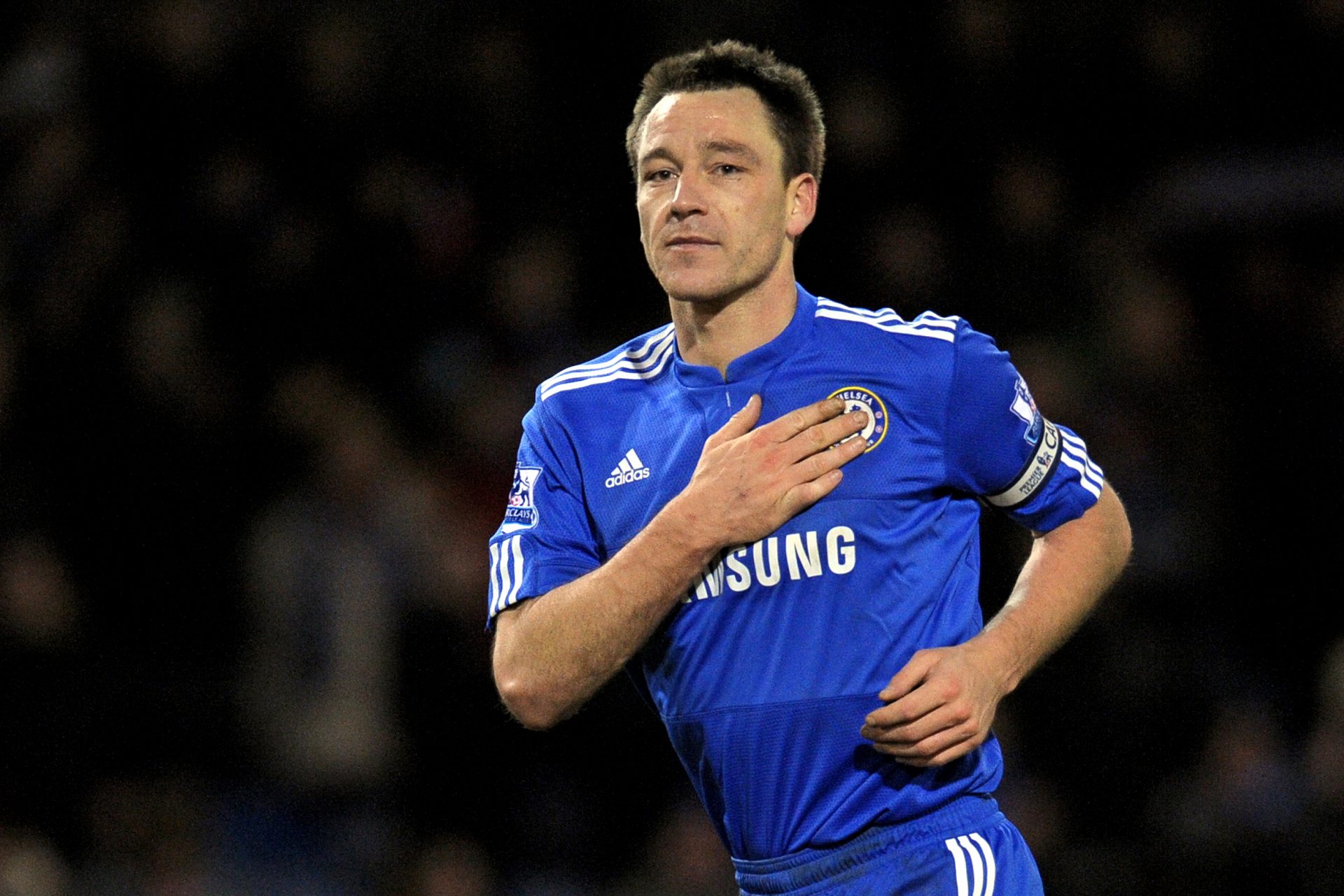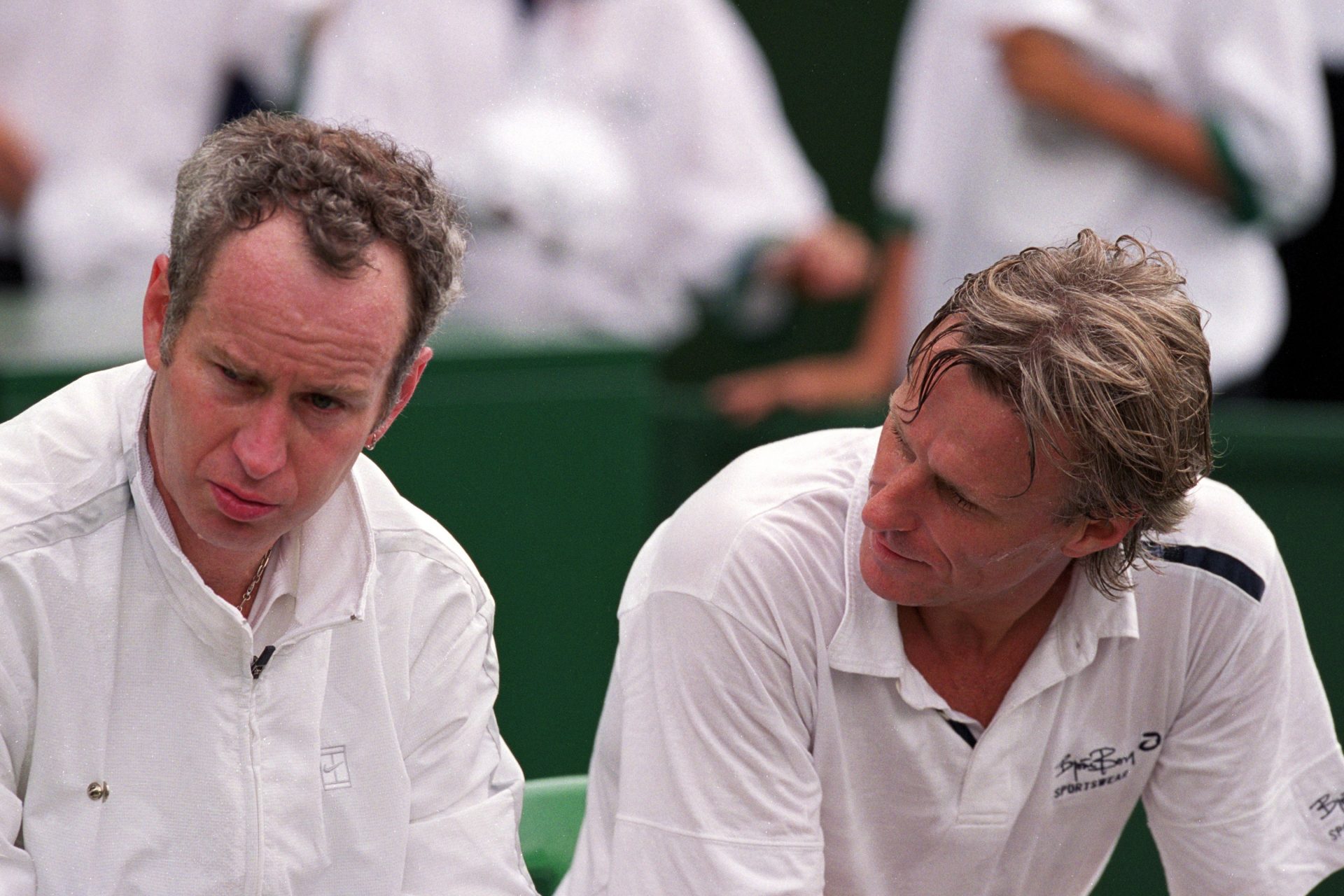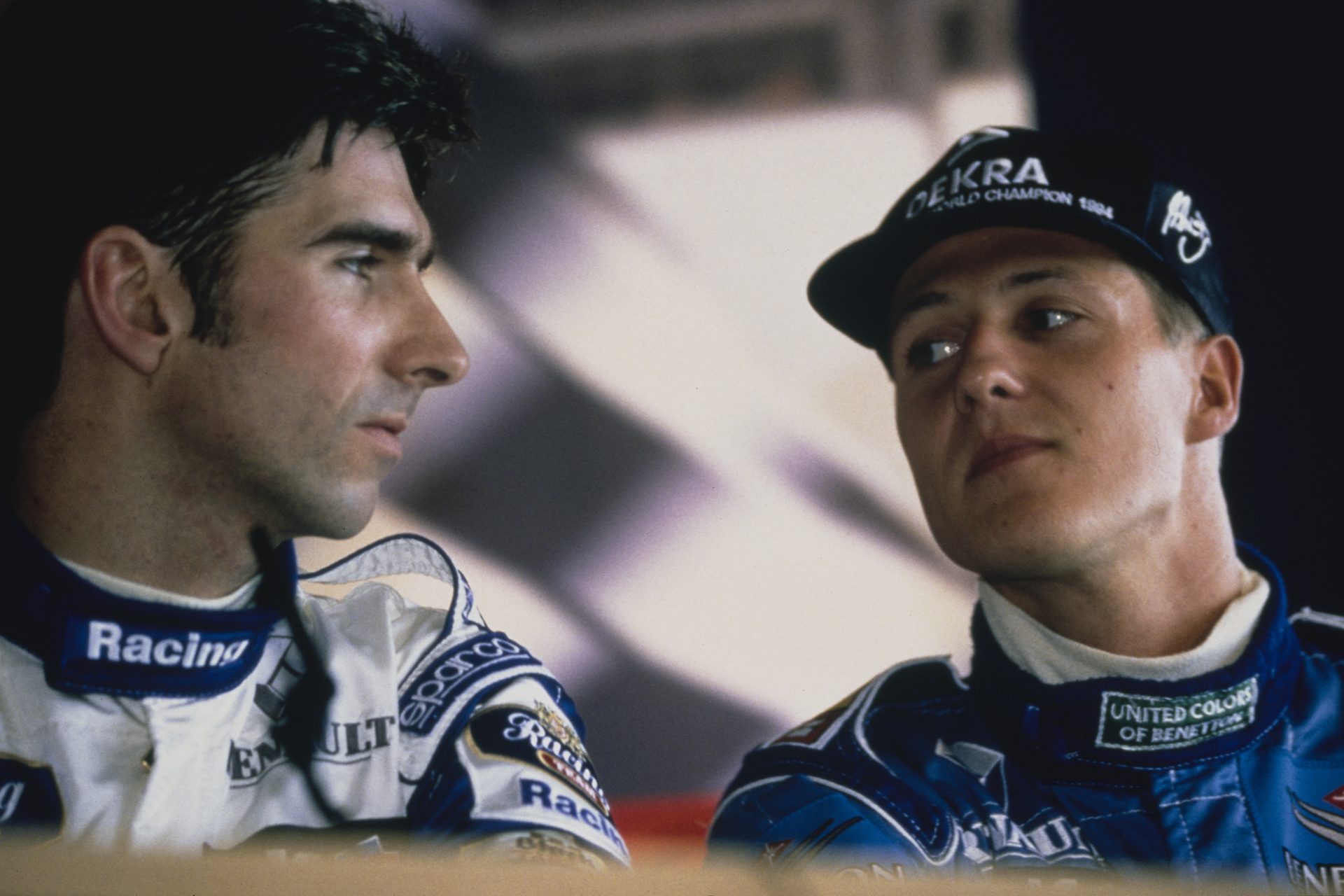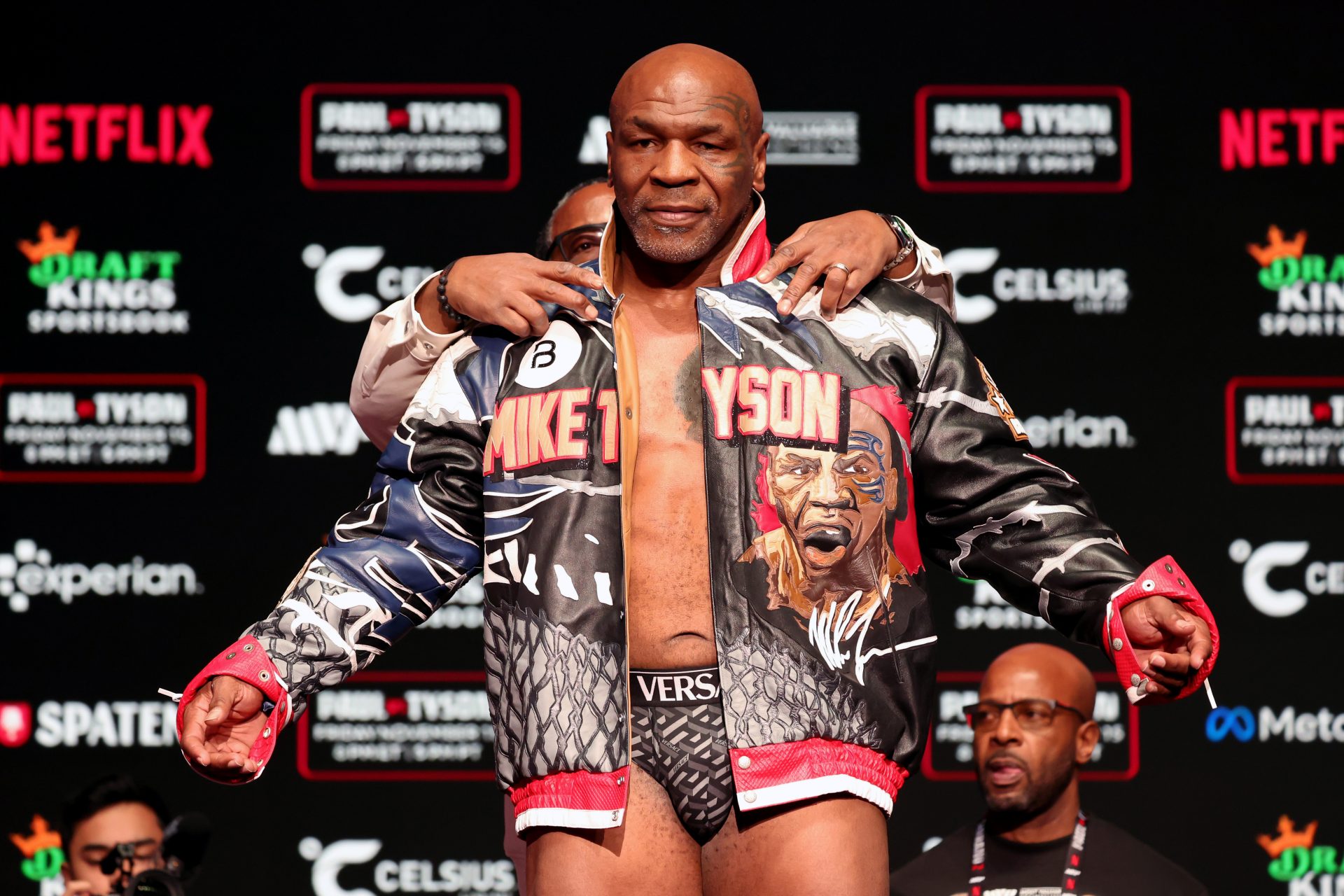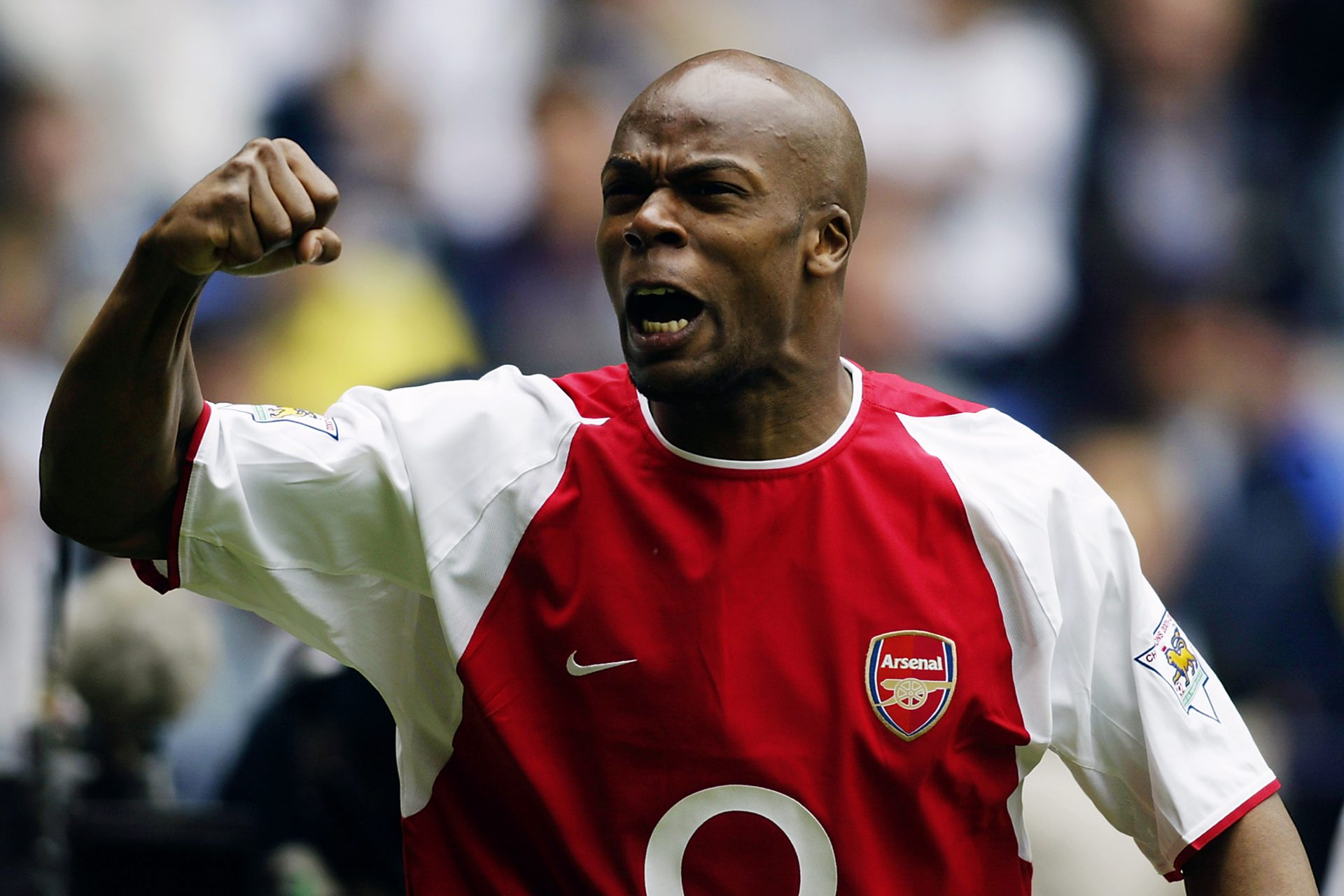What happened to former NFL superstar Lawrence Taylor? Derailed by substance abuse and legal trouble
ESPN once described Lawrence Taylor as reckless and magnificent. He was an unstoppable force on the football field, but has dealt with demons away from the athletic arena that have put him in difficult life positions. We’ll take a look back at the legendary career Taylor had in the NFL, and what happened after he retired. All statistics are sourced from Football Reference.
Lawrence Julius Taylor’s story begins on February 4, 1959 in Williamsburg, Virginia. According to ESPN, Taylor didn’t start playing football until he was a junior in high school. The football coach noticed Taylor walking down the hallway with a frame built for the sport, and gave the teenager a chance to play.
Taylor ended up playing for the University of North Carolina football team, as a lightly recruited prospect out of high school. It didn’t take long for the coaching staff to realize they had something special. “As a freshman playing on special teams, he’d jump a good six or seven feet in the air to block a punt, then land on the back of his neck,” UNC assistant coach Bobby Cale told ESPN.
Want to see more like this? Follow us here for daily sports news, profiles and analysis!
The Los Angeles Times posted a story recounted by former North Carolina Tar Heels basketball player Brad Daugherty, who would become the first pick in the NBA Draft. He said “Everyone thinks I’m crazy…but Lawrence Taylor could play in the NBA. I’ve never seen a guy that big who could jump that high.”
The New York Giants selected Taylor with the second overall pick in the 1981 NFL Draft. It took no time for him to establish himself as one of the best players in the sport. He was named Defensive Rookie of the Year and Defensive Player of the Year in his first season. According to Gmen HQ, he’s the only player in NFL history to accomplish that feat.
Bill Belichick won six Super Bowls as head coach of the New England Patriots, but was the defensive coordinator for the New York Giants from 1985-1990. He had a front row seat for Taylor’s exploits. Belichick told NBC Sports, “They’d have that scared to death look. And Taylor could just tell by looking at the guy whether the guy was blocking him or not.”
Perhaps the singular play that stands out from Taylor’s career is his sack of former Washington quarterback Joe Theismann in 1985. The passer was badly hurt. Theismann told the New York Times in 2005 about the play, “The pain was unbelievable, it (his leg) snapped like a breadstick. It sounded like two muzzled gunshots off my left shoulder. Pow, pow!”
With Taylor leading the charge, the Giants won two Super Bowls during his tenure with the team. New York won the championship in 1986 and 1990. The 1986 season was arguably Taylor’s best in the NFL, as he won league MVP after logging an NFL-high 20.5 sacks. He also won his third Defensive Player of the Year honor that season.
Heavy’s website deep-dove into whether Taylor was more dominant in the NFL than Michael Jordan was in the NBA. New York Giants website writer Dan Salomone wrote that Taylor made opponents fear for their health, while Jordan made opponents worry about being embarrassed athletically.
Want to see more like this? Follow us here for daily sports news, profiles and analysis!
Despite his standout production, Taylor struggled with substance abuse even during his NFL prime in the 1980s. The New York Times highlighted that the former linebacker admitted in his autobiography that he used cocaine and crack multiple times a week in 1985. He also was in a rehabilitation clinic in February 1986, and often skirted urine analysis drug testing conducted by the NFL.
Taylor wrote in his autobiography, “I knew that I was no longer going at 100 percent. But I also knew that my 75 percent was better than most other guys’ 100 percent. Drugs were a way of escaping rather than dealing with my problems—the pressures of playing in a huge place like New York, having to please so many people…”
The league banned Taylor for 30 days at the beginning of the 1988 NFL season for violating their substance abuse policy for the second time. “Obviously, when you lose a player of that nature, it will have an effect,” said Giants head coach Bill Parcells at the time. In the remaining 12 games of the season, Taylor posted 15.5 sacks.
Taylor’s final season in the NFL was 1993, capping off a 13-year, Hall of Fame career with the Giants. However, addiction was a prevalent part of his life after his playing days ended. He was arrested in 1996 and 1998 for trying to buy crack from undercover agents, according to the New York Times. In 1996, he said, “You may stay clean for 30 years, but you’re still close to it, and will always be an addict.”
CBS News also reported that Taylor was arrested on drug charges in 1997, but the former NFL player’s issues would mount later in life. He received five years of federal probation for tax evasion in 2000. In 2010, he was arrested in connection with the rape of a minor in a New York City hotel.
As reported by Today in 2011, Taylor was able to avoid going to jail, but did plead guilty to two misdemeanor charges. The terms also required Taylor to register as an offender. According to NBC Sports, Taylor was arrested in 2021 for failing to notify authorities that he changed addresses, which is required for registered offenders.
In 2010, Bleacher Report ranked a list of NFL stars’ legacies who were ruined by off the field problems. Taylor came in second on the list, behind O.J. Simpson.
Want to see more like this? Follow us here for daily sports news, profiles and analysis!
More for you
Top Stories



